Art & Design EYFS - KS2
Intent
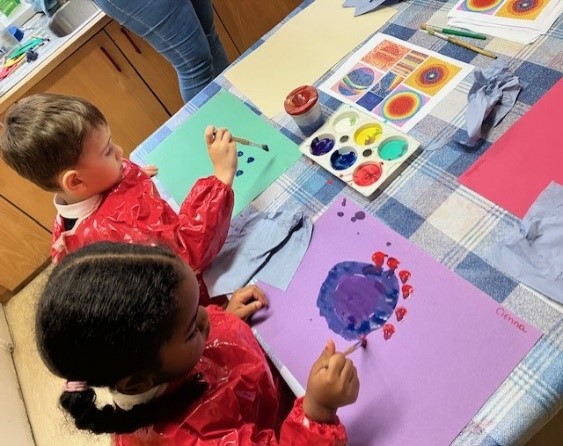 Our intent is to enthusiastically promote the teaching and learning of Art and Design at St Stephen’s. To ensure curriculum coverage that delivers engaging lessons and a progression in skills. To promote the use of sketchbooks across the school and their use in the design process. Our intent is to create a safe and nurturing environment, where pupils are encouraged to take creative risks and to learn from the journey, rather than head towards a pre-defined result. We see children as unique individuals and, in that respect, we understand that a broad creative curriculum is essential in underpinning a full range of skills needed for all children to thrive and succeed. Most importantly to enable students to leave school as well-informed culturally aware individuals. It is our intent that the St Stephen’s pupil will be exposed to an Art and Design curriculum that strives to offer them a cultural breadth of knowledge.
Our intent is to enthusiastically promote the teaching and learning of Art and Design at St Stephen’s. To ensure curriculum coverage that delivers engaging lessons and a progression in skills. To promote the use of sketchbooks across the school and their use in the design process. Our intent is to create a safe and nurturing environment, where pupils are encouraged to take creative risks and to learn from the journey, rather than head towards a pre-defined result. We see children as unique individuals and, in that respect, we understand that a broad creative curriculum is essential in underpinning a full range of skills needed for all children to thrive and succeed. Most importantly to enable students to leave school as well-informed culturally aware individuals. It is our intent that the St Stephen’s pupil will be exposed to an Art and Design curriculum that strives to offer them a cultural breadth of knowledge.
Implementation
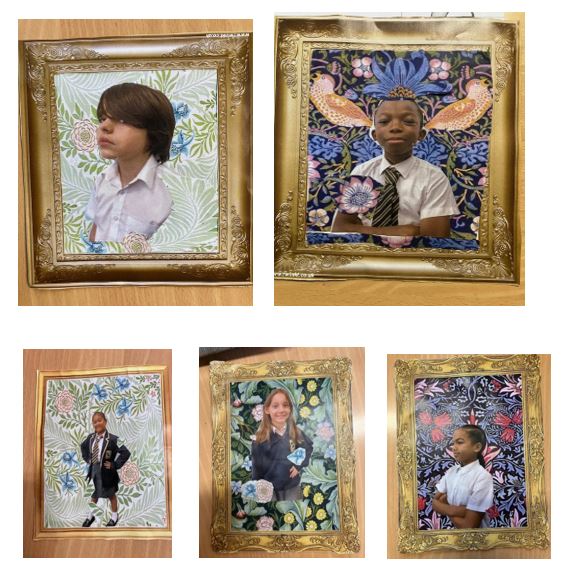 St Stephen’s Art & Design curriculum is substantial and disciplinary (ambitious in content and bespoke to our children). Working from aims and attainment targets set out in the National curriculum basic skills are introduced and then built upon. Skills are revisited and the use of ongoing sketchbook work underpins this process.
St Stephen’s Art & Design curriculum is substantial and disciplinary (ambitious in content and bespoke to our children). Working from aims and attainment targets set out in the National curriculum basic skills are introduced and then built upon. Skills are revisited and the use of ongoing sketchbook work underpins this process.
At St Stephens Art & Design is taught through whole class and small group sessions. Across KS1 and KS2 each year group has 3 discrete units of work in 6-week blocks focused on the key areas of learning: Drawing, Painting and Sculpture (design & making). The curriculum is made in collaboration with the AccessArt scheme and exemplars. Progression of skills, techniques and learning develops from year to year in each discipline.
The curriculum where possible links directly to the St Stephen’s topic themes, enhancing the connections children make in their learning. Lesson structure is in line with Rosenshine principles of teaching building working subject knowledge with review, modelling and supported instruction underpinning learning. We work on resilience and confidence in a variety of drawing exercises which encourages trial and error allowing the artist to explore without the pressure of perfection. A plenary device entitled ‘The Gallery’ introduces the etiquette of gallery visitors as pupils view the artwork of their peers at the end of a lesson. This encourages confidence, analytical skills and broadens vocabulary. Experiential Opportunities including Gallery visits are built into the continuous provision including an SEN budding artist group and Art clubs. EYFS pupils have art and craft activities daily linked to their learning. We have introduced an Artist of the term so children at an early age are exposed to Artist's work for inspiration, cultural capital and to make connections with their own art.
Impact
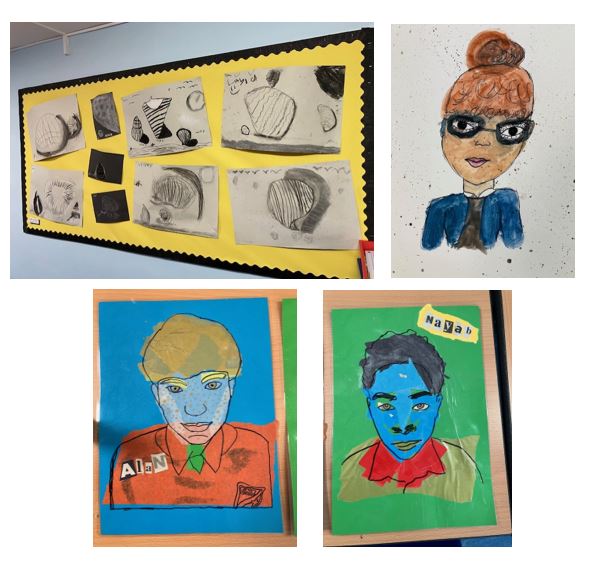 Pupils will develop a strong sense of themselves as artists and see the value that we hold Art & Design in as a subject at St Stephens. Pupil's work is celebrated in class at the end of term with a school gallery space where each class exhibits their artwork, pupils enjoy seeing the work and self-confidence/pride is nurtured in this way. Pupils feel celebrated and feel able to celebrate others.
Pupils will develop a strong sense of themselves as artists and see the value that we hold Art & Design in as a subject at St Stephens. Pupil's work is celebrated in class at the end of term with a school gallery space where each class exhibits their artwork, pupils enjoy seeing the work and self-confidence/pride is nurtured in this way. Pupils feel celebrated and feel able to celebrate others.
Pupils will have a strong understanding of a range of tools, techniques and formal elements in Art & Design. They will be happy to describe, interpret and explain the work, ideas and working practices of artists, architects and designers from all cultures and times. They will be able to talk about the materials, techniques and processes they have used, using an appropriate vocabulary. Pupils will understand that art is subjective (we all have our own legitimate understanding) They will be able to work at different scales, alone and in groups. Pupils will be empowered to take creative risks and follow their intuition (fed with skills knowledge) which will define their own creative journey now and in the future. Through continued drawing exercises pupils will be able to demonstrate continued resilience, understanding that trial and error is part of the artistic process.
Pupils will be able to know and describe the work of some artists, architects and designers, including artists who are contemporary, female, and from various ethnicities. They will see themselves in the cultural variety of artists they have studied throughout their time at St Stephens. ‘Gallery’ discussions will elevate pride in work, embed analytical skills and strengthen speech and language.
Defining Art & Design:
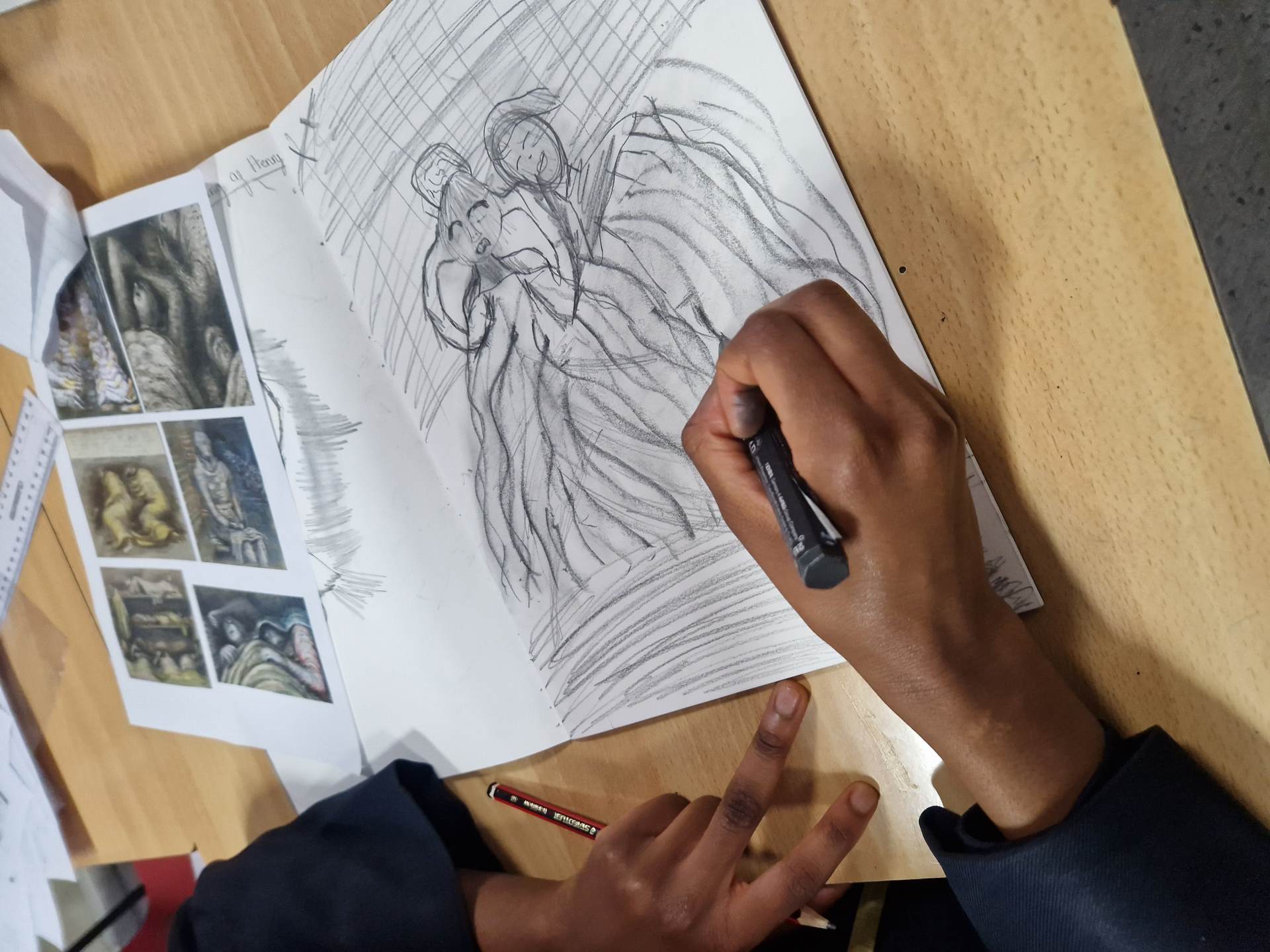 Art is the use of the imagination to express ideas or feelings, particularly in painting, drawing or sculpture.
Art is the use of the imagination to express ideas or feelings, particularly in painting, drawing or sculpture.
‘Art refers to a diverse range of human intellectual and expressive activities and the outcomes of those activities. Within this context art is further defined as visual art and includes painting, drawing, sculpture, printmaking, photography, and work made using digital media.
Design can be considered as a discipline that enables the learner to make careful choices, classify and order their creative thinking and actions in ways that enable them to better define and achieve their intentions’ National society of Education in Art & Design, NSEAD.
Formal knowledge in Art & Design:
Formal Knowledge in Art & Design is the specific and factual content of techniques, process and materials. For example, in formal knowledge, pupils will learn the ‘wet on wet’ watercolour technique in painting.
Art & Design’s Experiential knowledge:
Experiential Knowledge in Art is delving deeper - using prior knowledge and experience to build upon. For example, the children will feel safe enough to take creative risks and follow their intuition (fed with skills knowledge). Share their creative journey with others making connections with their work and the work of others, including professional artist’swork.





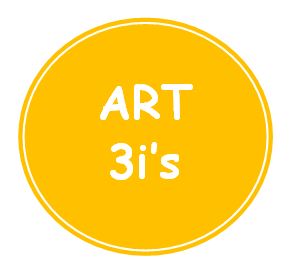 SELECT TO SEE FURTHER INFORMATION ON ART 3 i's
SELECT TO SEE FURTHER INFORMATION ON ART 3 i's